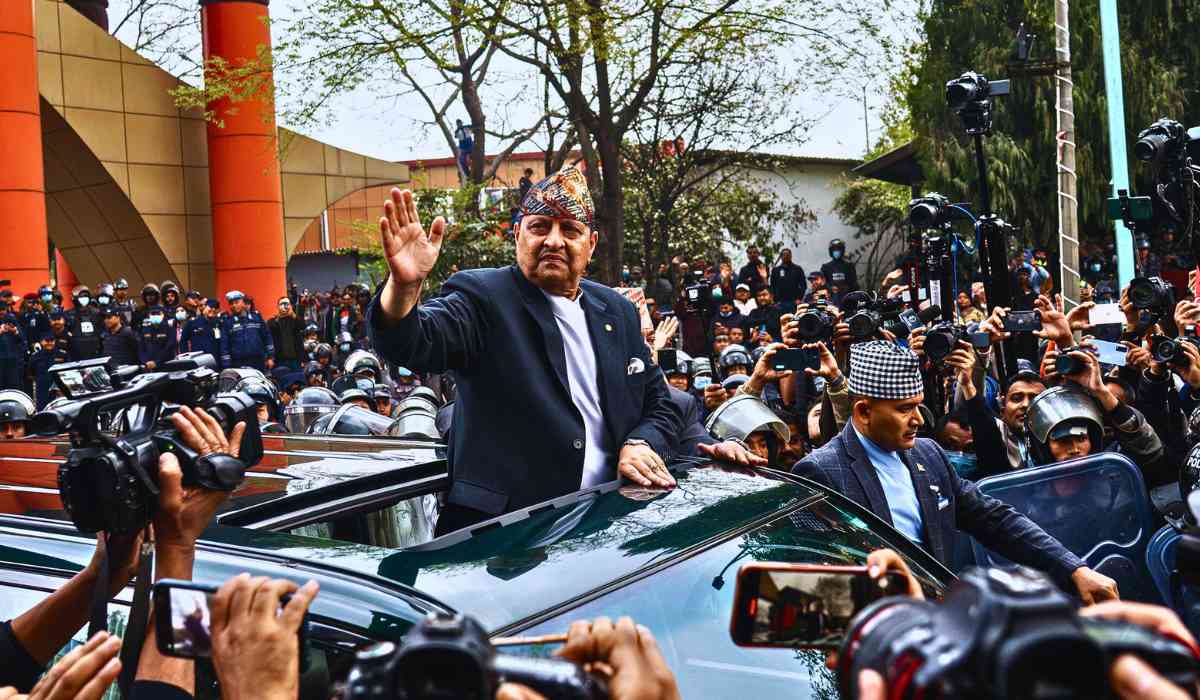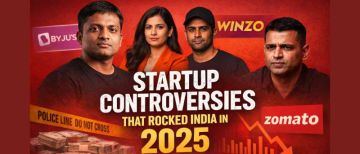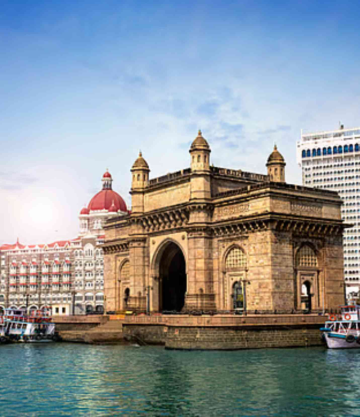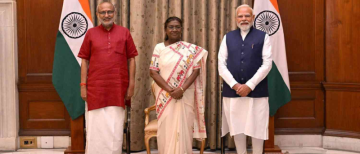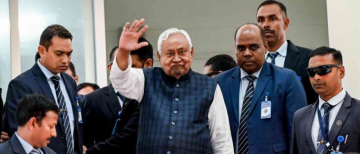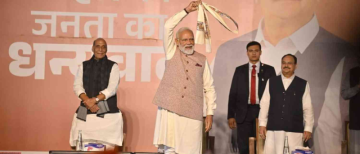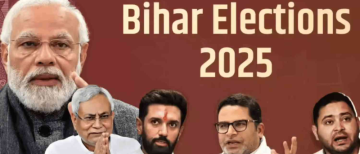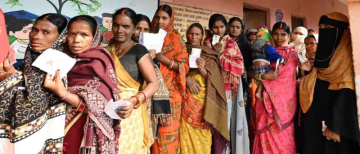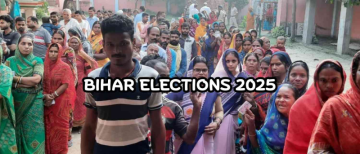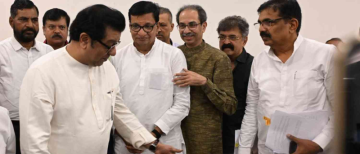Nineteen years after Nepal abolished its monarchy, the country is witnessing a surprising resurgence of support for its return. This shift in public opinion is largely driven by growing dissatisfaction with the current political system and economic conditions. Let's explore why thousands of Nepalis are now calling for the reinstatement of the monarchy.

Background: The End of the Monarchy
In 2008, Nepal officially became a republic after a decade-long civil war and mass protests led to the abolition of the 239-year-old monarchy. King Gyanendra Shah, who had ruled as an absolute monarch from 2005 to 2008, stepped down, and the country transitioned into a federal democratic republic. However, since then, Nepal has faced numerous challenges, including political instability, corruption, and economic struggles.
Why Are People Supporting the Monarchy Again?
The main reasons behind the renewed support for the monarchy are:
-
Political Instability: Since the monarchy was abolished, Nepal has seen 13 different governments, leading to a lack of stability and continuity in governance. Many citizens feel that the current system has failed to deliver on its promises of prosperity and peace.
-
Economic Hardships: The country is struggling with high inflation, unemployment, and inadequate public services like healthcare and education. People are looking for alternatives to the current system, which they believe has not improved their lives.
-
Nostalgia and Cultural Identity: Some Nepalis nostalgically remember the monarchy as a symbol of national unity and cultural identity. They believe that reinstating the monarchy could help restore a sense of national pride and stability.
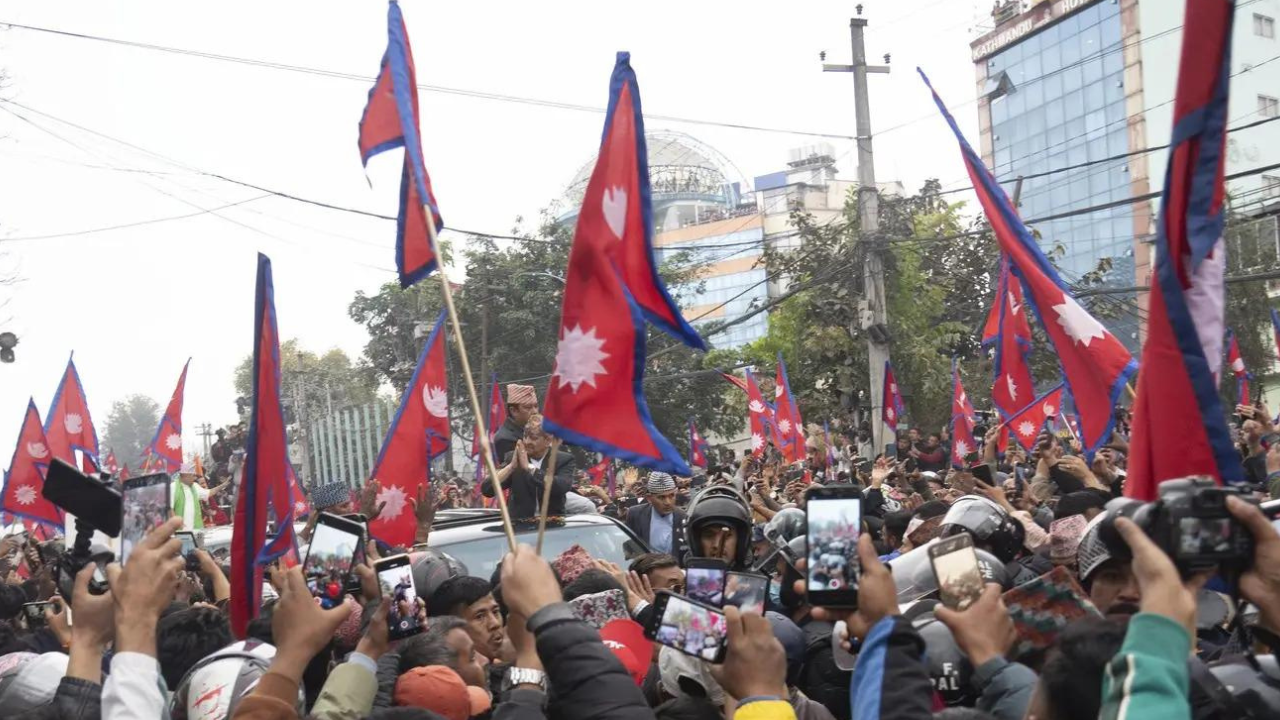
Recent Protests and Demonstrations
In recent weeks, thousands of people have gathered in cities like Kathmandu to demand the return of the monarchy. These protests have been peaceful but vocal, with slogans like "Come king, save the nation" and "We want our king back." The former king, Gyanendra Shah, has been welcomed with grand rallies, further fueling the movement.
Political Leaders' Response
Prime Minister KP Sharma Oli and other political leaders have dismissed the idea of reinstating the monarchy, suggesting that it is not possible under the current constitution. They have advised the former king to form a political party and contest elections if he wishes to participate in politics.

Challenges Ahead
Despite the growing support, the likelihood of the monarchy's return remains low. Nepal's constitution enshrines the republic, and mainstream political parties are opposed to reinstating the monarchy. However, the movement highlights deep-seated frustrations with the current political system and the need for reforms to address these grievances.
Conclusion
The resurgence of support for the monarchy in Nepal reflects a broader dissatisfaction with the country's political and economic situation. While the return of the monarchy seems unlikely, it serves as a wake-up call for political leaders to address the underlying issues driving this sentiment. The future of Nepal will depend on how effectively its leaders can respond to these challenges and restore public trust in the government.
With inputs from agencies
Image Source: Multiple agencies
© Copyright 2024. All Rights Reserved Powered by Vygr Media.

